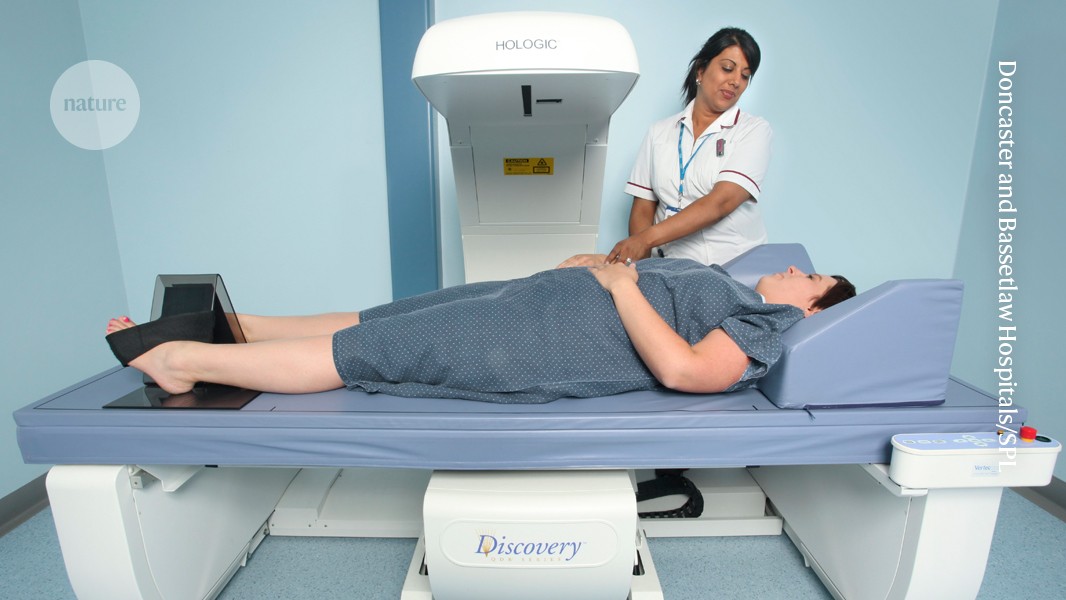
It is time to change the way menstruation research is funded around the world
Menopausal Hormone Therapy: Changing the Menopause Story, Rejuvenating the Effects of Older Women’s Health
Between 45 and 55 years old is the time when menopause occurs. It can happen for a variety of reasons, including disease, natural causes or the result of treatment. Hormone therapy can be used to replenish some hormones that are lost during menopause like oestrogen and progesterone. In 2002 the results of an influential study by the Women’s Health Initiative changed how many women and health-care providers see hormone therapy. One of the study’s findings was that people who had been through menopause and who were taking oestrogen and a synthetic form of progesterone had a slightly elevated risk of breast cancer, heart attack and stroke. Globally, prescriptions for menopause-related hormone therapy dropped sharply. After studies made it clear that the original findings were too limited, numbers were hard to recover from. There’s still a message that researchers and clinicians don’t know that long-term benefits of hormone therapy outweigh the risks for patients who might benefit from it.
Subsequent work highlighted the substantial limitations and misinterpretation of the findings; data from subsets of participants in the WHI and other trials even revealed contradictory findings, including lowered risk of heart disease and death associated with hormone therapy, and decreased rates of breast cancer for those taking oestrogen-only therapy. Scientists are attempting to set the record straight.
Beyond menopause symptoms, there are benefits that could outweigh any risks. Data since the late 1980s solidly back the use of menopausal hormone therapy to prevent osteoporosis in all age groups. “The big thing that was missed in this whole WHI story was the benefit of oestrogen for fracture,” says Davis. She has been investigating whether supplemental testosterone could also protect bones after menopause.
The equation is more complicated for heart disease. Evidence supports the idea that the therapy could prevent the disease. But, in people with vascular disease, researchers say, the therapy might worsen the condition. There are also emerging hints that well-timed therapy can benefit brain health.
The therapy’s benefits and risks are unknown at the moment. I could give you any story that you want to hear, depending on how you slice and dice it. She is concerned that researchers don’t understand the nuances and limitations of the data.
When the ovaries fail, says Renee Wegrzyn, director of the Advanced Research Projects Agency for Health (ARPA-H), a government agency tasked with steering the White House Initiative on women’s health, “there are a lot of chronic health conditions associated with that”. Some scientists think that the ovaries should remain functioning indefinitely.
Still, some specialists point out, replacing hormones might not be enough. The ovaries make a wide range of reproductive hormones, including oestrogen, progesterone and eggs. A reproductive endocrinologist at Columbia University in New York, Zev Williams says that small organs send chemical signals to the body, driving many of the health benefits.
Wearable sensors, as well as implantable bioelectronic devices, could help to identify the optimal window for starting hormone therapy by tracking hormone levels in real time. Doctors caution against using therapy during perimenopause because of the risks of high combined hormone levels during erratic natural fluctuations. One day, these devices might even dispense hormones on an as-needed basis.
What are the largest health-research funders trying to tell us about the menopause they’re doing? A Nature’s first five years of research
Nature asked the world’s largest health-research funders what they are doing to study a life stage experienced by half of humanity. Here are the things they told us.
There’s an increase in the number of health professionals that are interested in being certified to treat menopause. In the United States between 2022 and 2024, for example, there was a fivefold increase in people applying to take the certification exam of the Menopause Society, a non-profit organization in Pepper Pike, Ohio.
The initiatives need to be better known. On the funding side, perhaps one of the more surprising things is that, so far, few funders seem to be following in the NIH’s footsteps.
Establishing a separate category of research might seem arcane, but it is unambiguously a sign that funders consider menopause to be a priority. It helps researchers know how much money is available and how they can apply, as well as giving them a way to track the money spent in the past.
The US Advanced Research Projects Agency for Health focuses on high risk, highreward topics and has two menopause projects worth $13.5 million with one to extend ovarian function and lifespan and the other to develop ovarian implants to prevent diseases associated with menopause.
